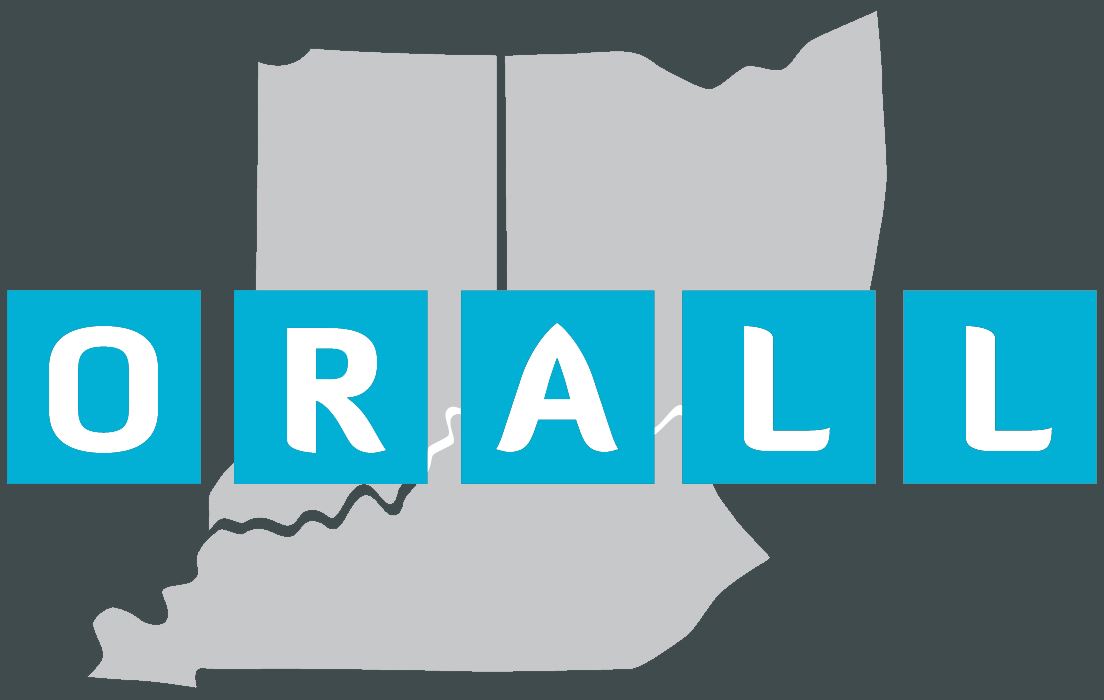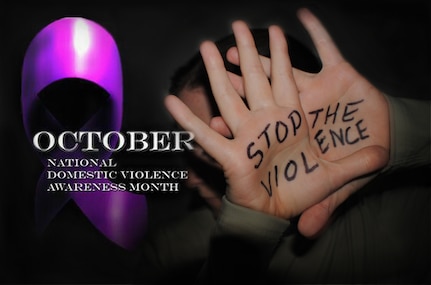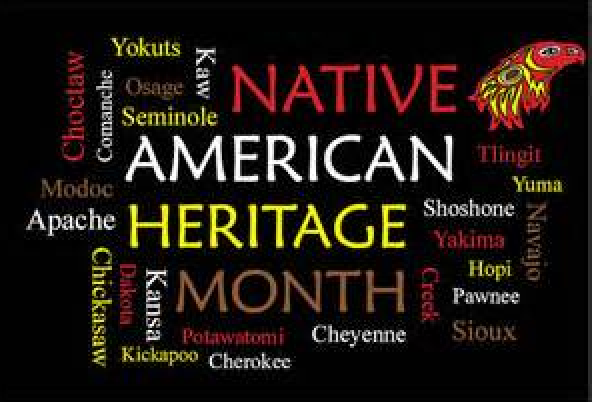Happy Halloween!
This week in the Law Library we’re celebrating Halloween, teaching technology in law practice and heading out the Ohio Regional Association of Law Libraries Annual Meeting, We’re also continuing to raise awareness for Cybersecurity Month and Domestic Violence Awareness Month, celebrating American Indian and Alaska Native Heritage Month, and previewing US Supreme Court oral arguments.
Be sure and stop by for some treats!
This Week’s Library Sessions
Tuesday, October 31, 2023
Technology in Law Practice
Shannon Kemen, Legal Technology & Research Instructional Services Librarian
Room 107
11:10am – 12:05pm
Wednesday, November 1, 2023
LLM Research & Writing
Shannon Kemen, Legal Technology & Research Instructional Services Librarian
Room 245
4:30pm – 6:05pm
Terms & Connectors Research
Thursday, November 2, 2023
Technology in Law Practice
Shannon Kemen, Legal Technology & Research Instructional Services Librarian
Room 107
11:10am – 12:05pm
LLM Research & Writing
Shannon Kemen, Legal Technology & Research Instructional Services Librarian
Room 245
4:30pm – 6:05pm
Researching Statutes
Ohio Regional Association of Law Libraries

Associate Director Susan Boland and Instructional & Reference Services Librarians Laura Dixon-Caldwell and Ashley Russell will be attending the Ohio Regional Association of Law Libraries this week and participating in the program: Where the Rubber Meets the Road: Onboarding Challenges and Best Practices.
Featured Study Aids
Family Law CALI Lessons
CALI currently offers several interactive exercises for Family Law students. You will need to set up a password to use CALI online. To set up a username and password, you will be asked to enter UC Law’s authorization code. You can get this code from any reference librarian or at the Circulation Desk.
Family Law: Examples & Explanations
This study aid, available via the Aspen Learning Library, continues to identify and explore new trends in family law practice. It includes central topics such as alternative dispute resolution, domestic violence, alternative reproduction, premarital agreements, and professional responsibility. Analysis is first provided for a topic and then examples are given to help students understand the analysis. A series of problems at the end of each section or chapter assist you in testing your understanding. Answers are provided for these problems.
Family Law in Perspective
Available via the West Academic Study Aid subscription, this text continues the focus of providing students, practitioners, and observers with insight into the ever-changing parameters of laws pertaining to family structure and responsibilities. Specifically, this book addresses, among other topics, nonmarital cohabitation, establishment of paternity, premarital and marital contracting, assisted reproductive technology, marriage, and divorce. Recent cases and federal and state statutes address specific topics such as surrogacy agreements, division of marital and nonmarital property upon dissolution of cohabitation or divorce, child support guidelines, and establishing custody rights through parenting agreements or what is considered in the best interest of the child. And there is a continuation of discussion illustrating equal protection, liberty interest, and free exercise in the context of same-sex relationships, the safety of partners and children, and termination of parental rights and possible adoption of minors.
Understanding Family Law
Understanding Family Law, available via the LexisNexis Digital Library, includes coverage of topics such as traditional and nontraditional families, nonmarital and postmarital contracts, annulment, paternity and legitimacy, procreation rights, contraception, abortion, sterilization, artificially assisted conception, and adoption and termination of parental rights. It explains specific family law issues, such as intrafamily tort immunity and liability, medical care for child and spouse, wrongful life and wrongful birth, domestic violence, PINS, CHINS, ethical issues for the lawyer, alternative dispute resolution, equitable distribution, community property, and child custody and visitation. It also includes references to 50 states surveys so the reader can find their local law quickly.
Featured Guide
Family Law Research Guide
This guide provides a quick overview of general and law materials. It covers browsing for materials by call number range, using encyclopedias for background research and how to locate articles, textbooks, treatises, statutory law, administrative materials, agency publications, legislative histories and websites of interest.
Featured Treatise
Anderson’s Ohio Family Law
Available on Lexis, Anderson’s Ohio Family Law is a set addressing the legal issues with regard to children, marriage, the elderly, and juvenile court practice and procedure. Volume One presents an overview of family law. Volume Two of Anderson’s Ohio Family Law, Juvenile Court Practice and Procedure is a treatise designed specifically for Ohio’s judges, child welfare workers, and other individuals active with or concerned about the welfare of children.
Featured Website
The Supreme Court of Ohio Children & Families Publications & Resources
The Children & Families Section provides technical assistance, training, and policy recommendations to improve court performance in cases involving children and families.
National Domestic Violence Awareness Month
October is National Domestic Violence Awareness Month. Begun in 1981 by the National Coalition Against Domestic Violence, it is a Day of Unity to connect battered women’s advocates across the country.
More Resources to Learn More About Domestic Violence
Domestic Violence Research
The world’s largest domestic violence research data base, 2,657 pages, with summaries of 1700 peer-reviewed studies. For this project, a total of 42 scholars and 70 research assistants at 20 universities and research institutions spent two years or more researching their topics and writing the results. Approximately 12,000 studies were considered and more than 1,700 were summarized and organized into tables. The 17 manuscripts, which provide a review of findings on each of the topics, for a total of 2,657 pages, appear in 5 consecutive special issues of the peer-reviewed journal Partner Abuse. All conclusions, including the extent to which the research evidence supports or undermines current theories, are based strictly on the data collected.
The Supreme Court of Ohio, Domestic Violence Program
The Domestic Violence Program provides technical assistance and specialized resources to strengthen courts’ and justice system partners’ responses to domestic violence, stalking and sexual assault. The Program disseminates information, monitors trends, offers education, and recommends forms, rules, and standards that promote effective response to these cases.
RAND Corporation, Domestic Violence
From sexual or spousal abuse to child abuse and neglect, domestic violence entails any abusive behavior by one person to maintain power over another in a close relationship. The scope of RAND’s research on domestic violence includes its effects on families and children, the link between substance use and domestic violence, domestic violence by or against military service members, and how clinical depression and post-traumatic stress disorder may be contributing factors.
UN Women, Global Database on Violence against Women
In December 2006, the General Assembly of the United Nations adopted a comprehensive resolution calling for intensification of efforts to eliminate all forms of violence against women and requesting the Secretary-General to establish a coordinated database on the extent, nature and consequences of all forms of violence against women, and on the impact and effectiveness of policies and programs for eliminating such violence. The database was developed and launched in 2009, and was called the “UN Secretary-General’s database on violence against women”. In 2016, in accordance with the adoption of the 2030 Agenda for Sustainable Development, UN Women updated and redesigned the database and relaunched it as the “Global Database on Violence against Women”. UN Women serves as the secretariat for the database.
VAWnet, Research on Domestic Violence and the Workplace
Domestic violence can jeopardize a survivor’s ability to keep a job, typically either because of the need for time off to attend court or to receive medical care, or due to the abuser’s interference in the survivor’s ability to conduct her daily life by preventing her from going to work, harassing her at work, limiting access to money and transportation, or manipulating child-care arrangements. Survivors are therefore more likely than other women to be unemployed, to suffer from health problems that can affect employability and job performance, to report lower personal income, and to rely on public benefits (Legal Momentum, 2015). Resources listed here focus on statistics, studies, laws and information on employer responses to domestic violence in the workplace.
National Cybersecurity Awareness Month

October is also National Cybersecurity Awareness Month. Cybersecurity Awareness Month was launched by the National Cyber Security Alliance & the U.S. Department of Homeland Security in October 2004.
This year’s campaign theme — “Secure Our World” — is here to remind us that there are simple ways to protect yourself, your family and your business from online threats.
Cybersecurity Awareness Month 2023 and Secure Our World will focus on four key behaviors:
- Use strong passwords and a password manager
- Turn on multifactor authentication
- Recognize and report phishing
- Update software
UC Cybersecurity Awareness Month Meme Competition
Show off your meme-making skills and win prizes! The contest runs now October 31, 2023.
Additional Cyber Security Resources to Check Out:
Cybersecurity and Infrastructure Security Agency (CISA), Free Cybersecurity Services and Tools
CISA has compiled a list of free cybersecurity tools and services to help organizations further advance their security capabilities. This living repository includes cybersecurity services provided by CISA, widely used open source tools, and free tools and services offered by private and public sector organizations across the cybersecurity community.
Department of Education, Protecting Student Privacy
This section houses training modules, guidance documents and other student privacy resources.
Microsoft, Cybersecurity Is for Everyone Collection
Recommended learning for beginners, business decision makers, students, and administrators who specialize in any workload.
NIST, Free and Low Cost Online Cybersecurity Learning Content
The following links are for free and low-cost online educational content on topics such as information technology and cybersecurity. Some, not all, may contribute towards professional learning objectives or lead to industry certifications and online degrees.
SANS, Free Virtual Workshops
The upcoming workshops listed feature live stream instruction, subject matter expert support, immersive hands-on labs and student to student interactive Slack workspace.
October / November Arguments at the United States Supreme Court
From SCOTUS Blog:
Monday, October 30, 2023
Culley v. Marshall – whether district courts, in determining whether the due process clause requires a state or local government to provide a post-seizure probable-cause hearing prior to a statutory judicial-forfeiture proceeding and, if so, when such a hearing must take place, should apply the “speedy trial” test employed in United States v. $8,850 and Barker v. Wingo or the three-part due process analysis set forth in Mathews v. Eldridge.
Tuesday, October 31, 2023
Lindke v. Freed – whether a public official’s social media activity can constitute state action only if the official used the account to perform a governmental duty or under the authority of his or her office.
O’Connor-Ratcliff v. Garnier – whether a public official engages in state action subject to the First Amendment by blocking an individual from the official’s personal social media account, when the official uses the account to feature their job and communicate about job-related matters with the public, but does not do so pursuant to any governmental authority or duty.
Wednesday, November 1, 2023
Vidal v. Elster – whether the refusal to register a trademark under 15 U.S.C. § 1052(c) violates the free speech clause of the First Amendment when the mark contains criticism of a government official or public figure.
American Indian and Alaska Native Heritage Month
This month is American Indian and Alaska Native Heritage Month! Celebrate with us as we explore the contributions and history of the Native people in the United States of America.
History Behind the Month
As far back as the late 1970s, Congress enacted legislation, and subsequent presidents issued, annual proclamations designating a day, a week, or a month to celebrate and commemorate the Nation’s American Indian and Alaska Native heritage.
On Aug. 3, 1990, Congress finally passed Pub. L. 101-343 which designated the month of November 1990 as “National American Indian Heritage Month.” Then, in 1991, Congress passed Pub. L. 102-123 which “authorize[s] and request[s] the President to proclaim the month of November 1991, and the month of each November thereafter, as ‘American Indian Heritage Month.’” President George H.W. Bush issued Proclamation 6368 on October 30, 1991.





